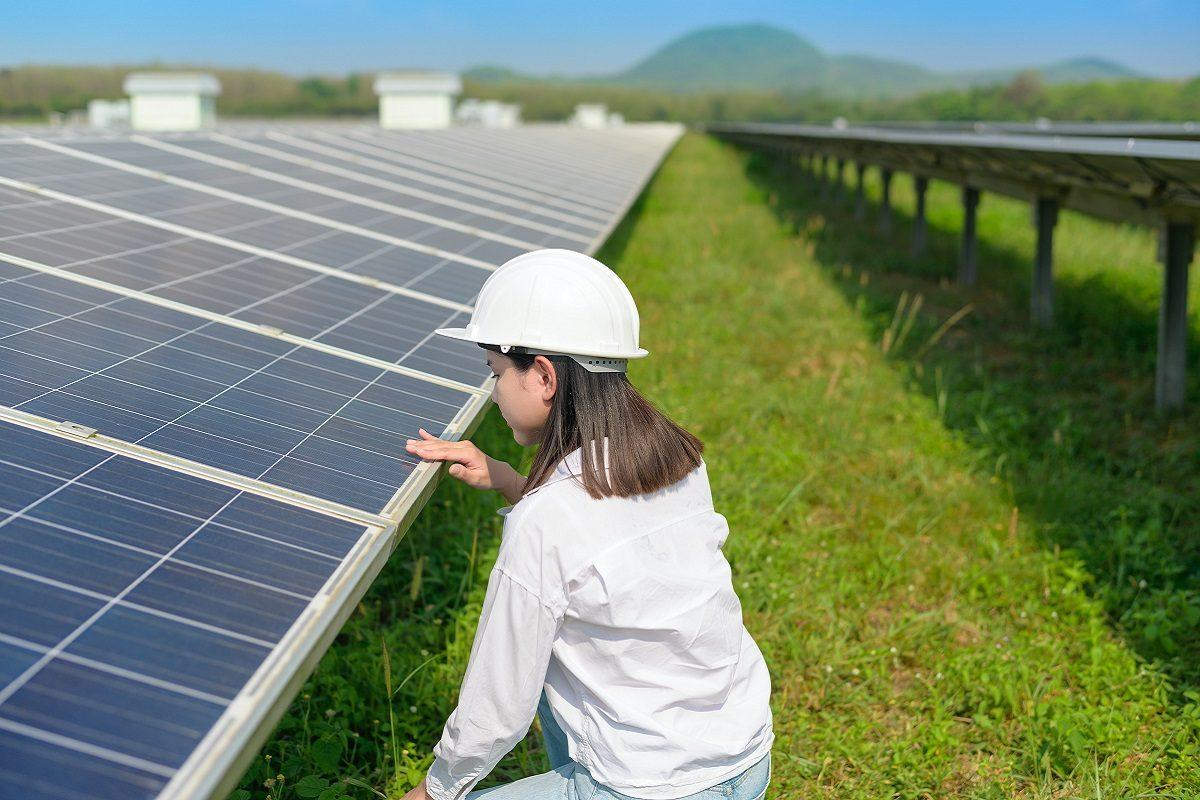
Let’s be real—there’s something kind of magical about solar lights. They quietly soak up sunlight all day, then flicker on at night to light up your garden or walkway. That is, until they start acting up. Maybe one light fades too fast, or another won’t turn on at all. If you’ve ever found yourself staring at a dim solar lamp wondering what went wrong, you’re not alone.

Solar lamps are a clever and sustainable option, but they do come with their own set of idiosyncrasies. Below are five of the most infuriating issues individuals encounter—and what you can realistically do about them so your evenings remain well-lit and hassle-free.

5. Troublesome-to-Replace Parts and Vanishing Customer Support
Your new solar lights work beautifully at first. But when something happens and breaks? Good luck finding a replacement part or reaching someone from the company. It’s a familiar complaint, with so many of these new, short-term brands clogging up the marketplace. As the folks at Sol point out, many of these companies are already changing products or folding operations altogether, leaving consumers in limbo.

What do you do? Use established brands that have good reputations and obviously provide replacement parts and customer service. If you’re already stuck, look to see if universal retrofit kits are available to restore your lights to functionality. And in the future, it’s worthwhile to invest in companies that stand behind their products with long-term service and warranties.

4. Aggravation from the Weather—and the Wildlife
Birds, snow, and rain will all interfere with your solar lights in various ways. Birds want to sit or nest on flat panels, and that keeps sunlight out. Snow accumulates and does the same thing. And heavy rain will see how waterproof your lights are.

A simple way to prevent your lights from being sabotaged is to use panels with a bit of a tilt—45 degrees is perfect. Not only does that make them unattractive to birds, but it also facilitates snow sliding off. You can also put up bird spikes if you have a nesting issue. When it comes to moisture, look at the IP rating before you purchase. A rating of IP65 or above indicates that the lights can manage most weather conditions without issue.

3. Too-Dim or Too-Briefly-Shining Lights
Nothing is worse than a solar light that only glows faintly after the sun sets. If yours are getting a bit dim, it most likely means one of two things: either the batteries aren’t charging properly, or the LED lights are not as efficient as they could be.

Begin by inspecting your batteries—the battery might need a replacement or simply isn’t designed to work in your area. Check the LED fixtures themselves too. Quality lights will employ efficient LED chips with tested brightness. Sol advises using Tier 1 LEDs and ensuring that your system is capable of delivering even on the coldest winter days. A slight increase in panel size or light quality can significantly boost performance.

2. Sneaky Battery Problems
Solar light batteries are doing a lot of heavy lifting—and like any rechargeable battery, they will eventually wear out. If your lights are going dark quickly, the batteries may be losing their ability to retain a charge. at least annually to ensure everything continues to function properly.

NiMH batteries tend to work best in solar lights, thanks to their high capacity and low environmental impact. If your battery compartment looks corroded, gently clean it with a cotton swab and a little white vinegar. And never use regular alkaline batteries in solar lights—they can damage the system. Keep a few fresh rechargeables on hand so you’re always ready when a light starts to dim.

1. Dirty Panels and Poor Panel Placement
This one’s most likely the most frequent problem—and the nice thing is that it’s also the easiest to rectify. If your solar panels don’t receive sunlight throughout the day, they can’t charge effectively. Trees, fences, buildings, or even a dusty surface can deflect light and leave your lamps in a struggle.

Try repositioning your lights to get at least six hours of direct sunlight a day. If you’re in the Northern Hemisphere, aim them toward the south for best results. Clean the panels once a month with mild soap and a soft cloth to remove dust and grime. And if the plastic cover on your panel is cloudy, gently sand it with fine-grit sandpaper and use a plastic polish to bring back the shine.

A little maintenance goes a long way. As Olympia Lighting says, the care you provide your solar lights indicates your commitment to green living and maintaining your environment. With some TLC and some intelligence in making decisions, your solar lights will shine brightly night after night—regardless of what Mother Nature has in store for them.
